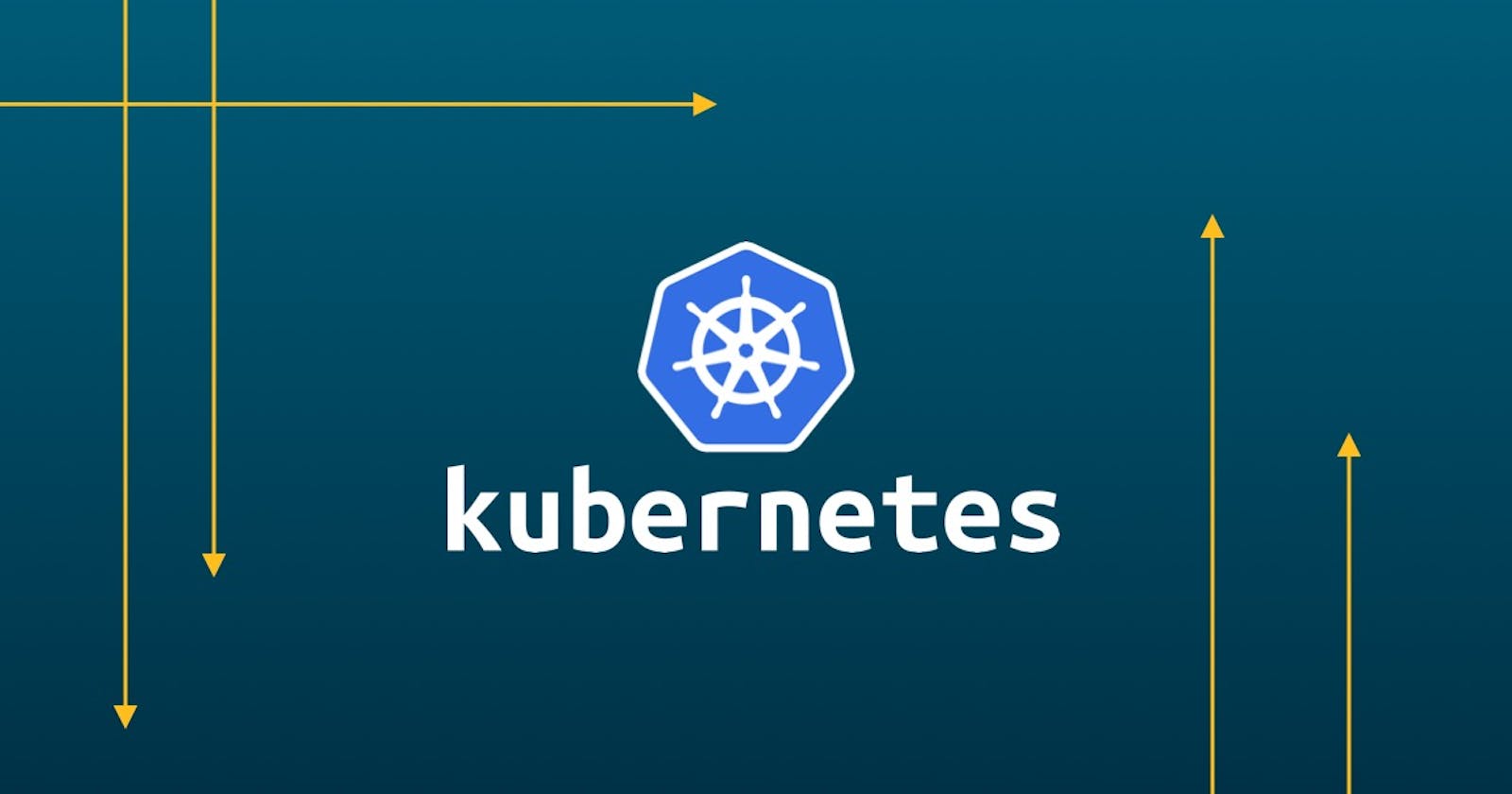You Won't Believe What Kubernetes Can Do:
The Ultimate Guide to Container Orchestration
Kubernetes, also known as K8s, is an open-source container orchestration system for automating the deployment, scaling, and management of containerized applications. It was originally developed by Google and is now maintained by the Cloud Native Computing Foundation.
Kubernetes allows users to define their desired state for their applications, including the number of replicas of each container and their resource requirements. It then works to ensure that the desired state is always maintained, even if there are failures or changes in the environment.
One of the key features of Kubernetes is its ability to horizontally scale applications. This means that if there is an increase in traffic to an application, Kubernetes can automatically spin up new instances of the application to handle the increased load. It can also automatically scale down instances when traffic decreases.
Kubernetes is also designed to be highly fault-tolerant. If a container goes down, Kubernetes will automatically spin up a new instance to take its place. It can also automatically recover from failures in the underlying infrastructure, such as a failed node in a cluster.
In addition to its powerful deployment and scaling capabilities, Kubernetes also offers a rich set of features for networking, storage, and security. It includes built-in support for load balancing, service discovery, and health checks, as well as integration with a variety of storage and networking technologies.
Kubernetes has become widely adopted in recent years, with many organizations using it to manage their production workloads. It has also become a popular choice for deploying machine learning models in production, thanks to its ability to easily scale and manage complex applications.
Overall, Kubernetes is a powerful tool for automating the deployment, scaling, and management of containerized applications. Its wide range of features and a strong focus on fault tolerance make it a popular choice for organizations of all sizes.
